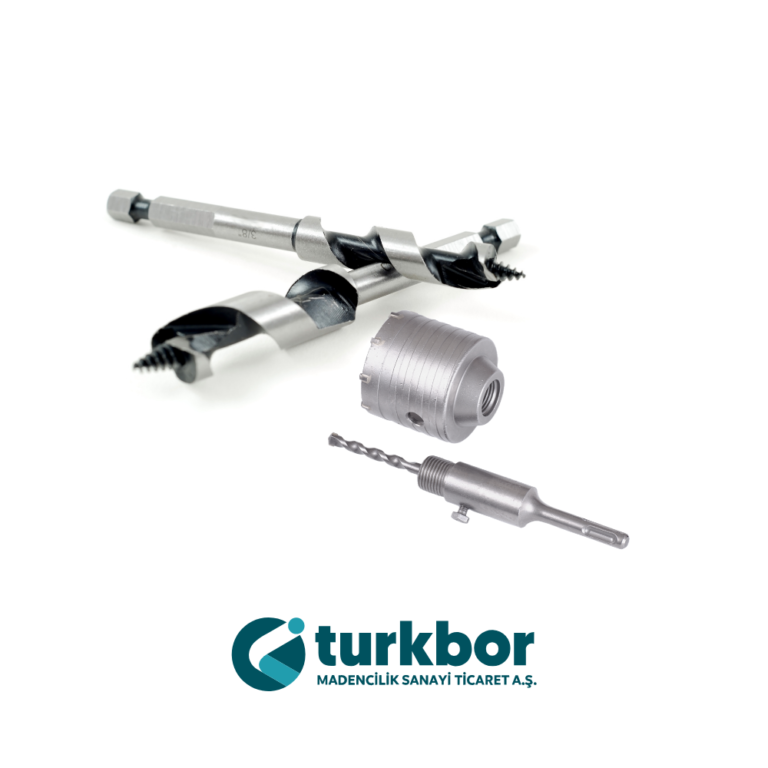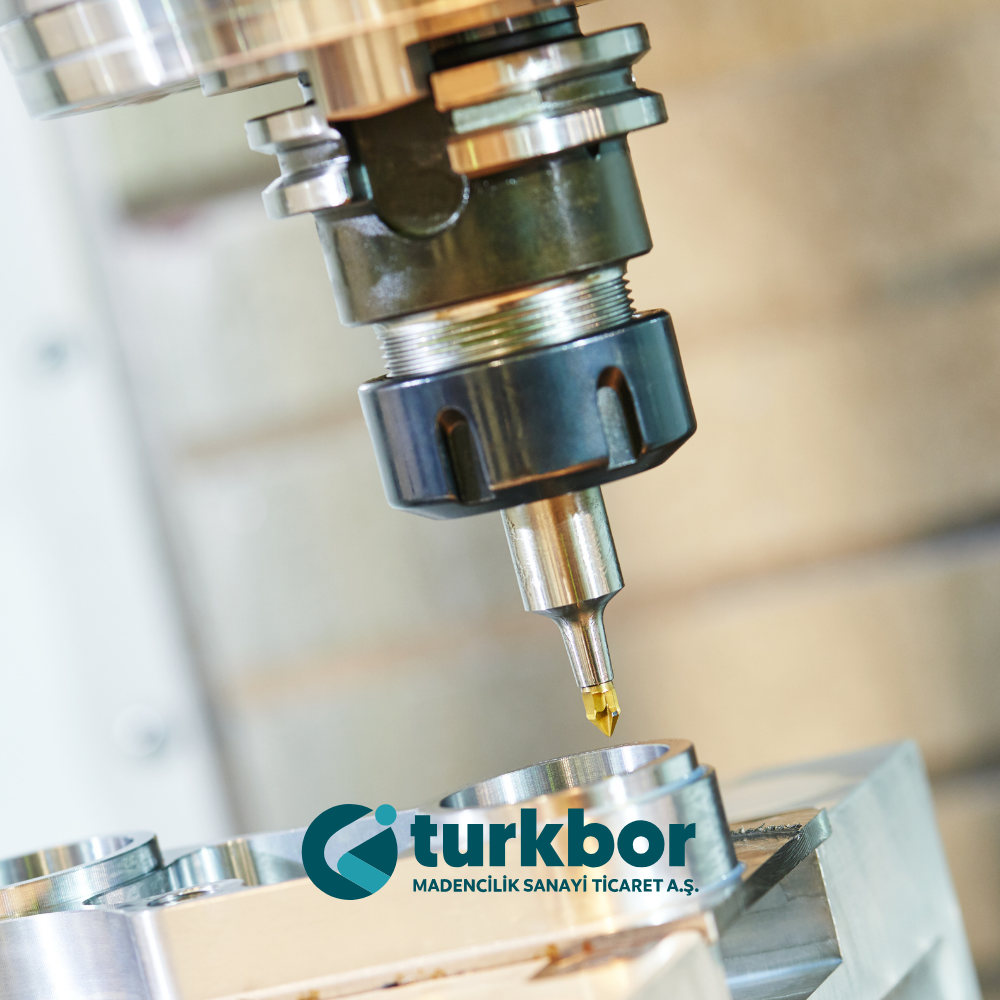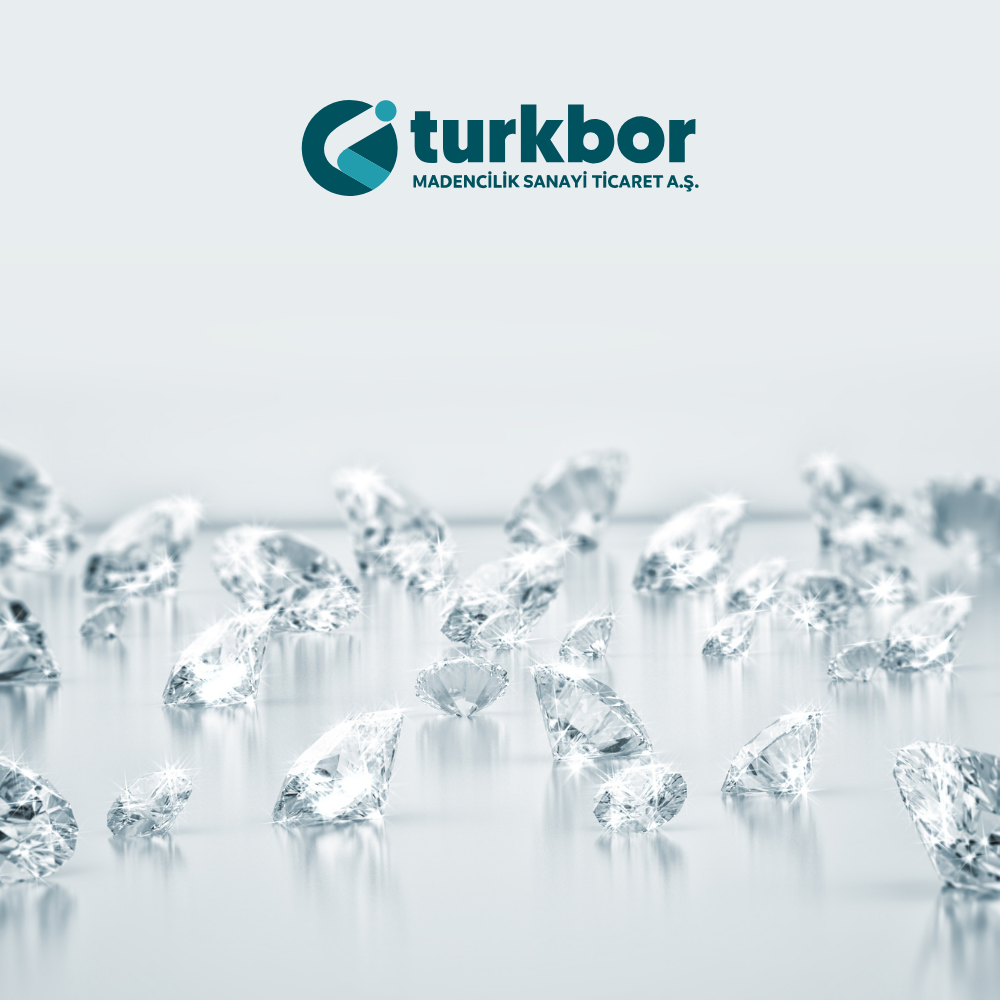


Production and development of super hard materials for metalworking
The purpose of the Center, with the development of advanced production, particularly domestic appliances sector in Turkey has a strategic importance, contributing to a significant increase in the volume of vehicles and to reduce the time of import substitution.
The project will establish a complete production cycle from the synthesis of large-sized workpieces of super hard material to the formation of the final product – the tool.
Synthetic diamond and cubic boron nitride (CBN) (trademarks – elbor, cubonite, borazon) belong to super hard materials whose hardness exceeds the hardness of conventional abrasive materials.
Super hard composite material cutting tool is in demand for high performance Turning and Milling machining parts.
The polycrystal cubic boron nitride tool is primarily used to solve the most demanding machining tasks of cast iron, high hardened steels, dust and heat resistant alloys. Polycrystal diamond tool is used for machining titanium, aluminum and other non-ferrous alloys, composites, silicified graphites and ceramics.
The production organization of artificial abrasive materials will make it possible to get rid of limited reserves of natural raw materials, stabilize and improve the quality of abrasive tools, significantly increase their production, expand the scope and scope of application and increase operational characteristics.
The annual global production of polycrystalline diamond is about 20 tons per year. The world’s leading synthetic diamond producers are: General Electric (USA); De Beers (international company); Sumitomo (Japan); DuPont (USA); Businesses in Russia, Ukraine, China and South Korea. Moreover, the first two manufacturers actually determine the market and dictate prices.
An experimental work dedicated to the synthesis of a particular material requires to ensure the reproducibility of the experiments, otherwise it is impossible to ensure the stability of the discharge parameters and the parameters of the output product.


